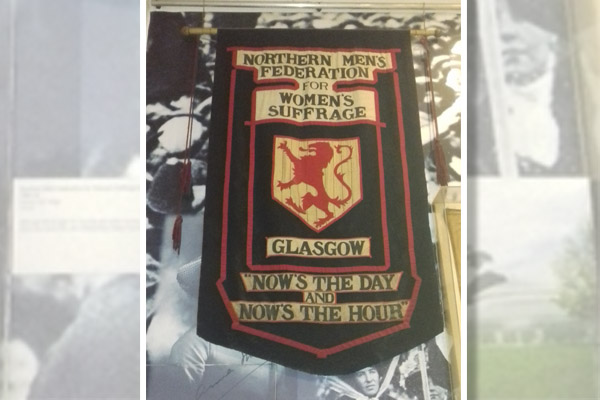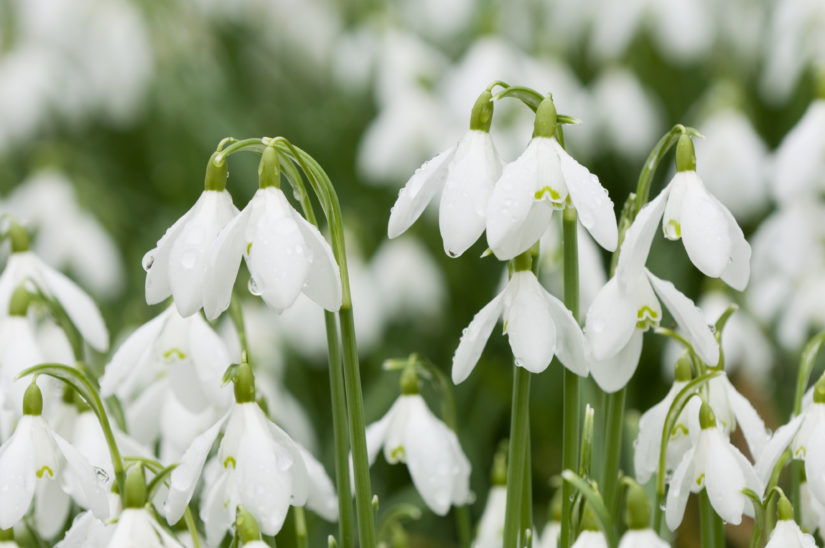A Guide To Narrative Structure

Every story contains a narrative structure, determining what a story is about and the order of events within the plot.
The reader will follow a character’s journey from beginning to end, which will involve story goals, conflicts/obstacles and resolution. But how this is achieved varies from writer to writer.
Some writers are meticulous planners, where key events in the plot are scrutinised and carefully laid out beforehand. Others might prefer to write in a “looser” style, having the briefest of outlines in mind.
If writers carefully structure their stories, then the creative blueprint in front of them can help with more focussed storytelling. Some writers like to have a clear idea of story events even before they have typed a single word on the page. Others will have a germ of a story idea, and simply start writing, seeing where their imaginations take them. Therefore, is one way of writing better than the other?
Finding A Formula
When writing “Friend” short stories, there is no winning formula, and I’d say go with what works for you. A clear structure in mind from the onset offers a story safety net, so that the writing shouldn’t falter during key events of the narrative. Writing in a freer style doesn’t have this luxury. However, it often allows more scope for inventiveness.
Often, writers will use both styles of writing; they will have an inkling of story events, but at the same time not restrict themselves to a rigid formula. Some writers might have the endings of their stories clearly identified even before they write the first page. Or an image of a scene, whenever it takes place, might be the inspiration behind the entire story.
There are no structure shortcuts for our serials, though, as we always require an outline, covering key events of individual instalments, and a list of the main characters.
Serials are a big investment. Planning ahead for a multi-instalment serial will not only offer a solid narrative structure, but due to the length of the project it will provide plenty opportunities for creativity along the way.











